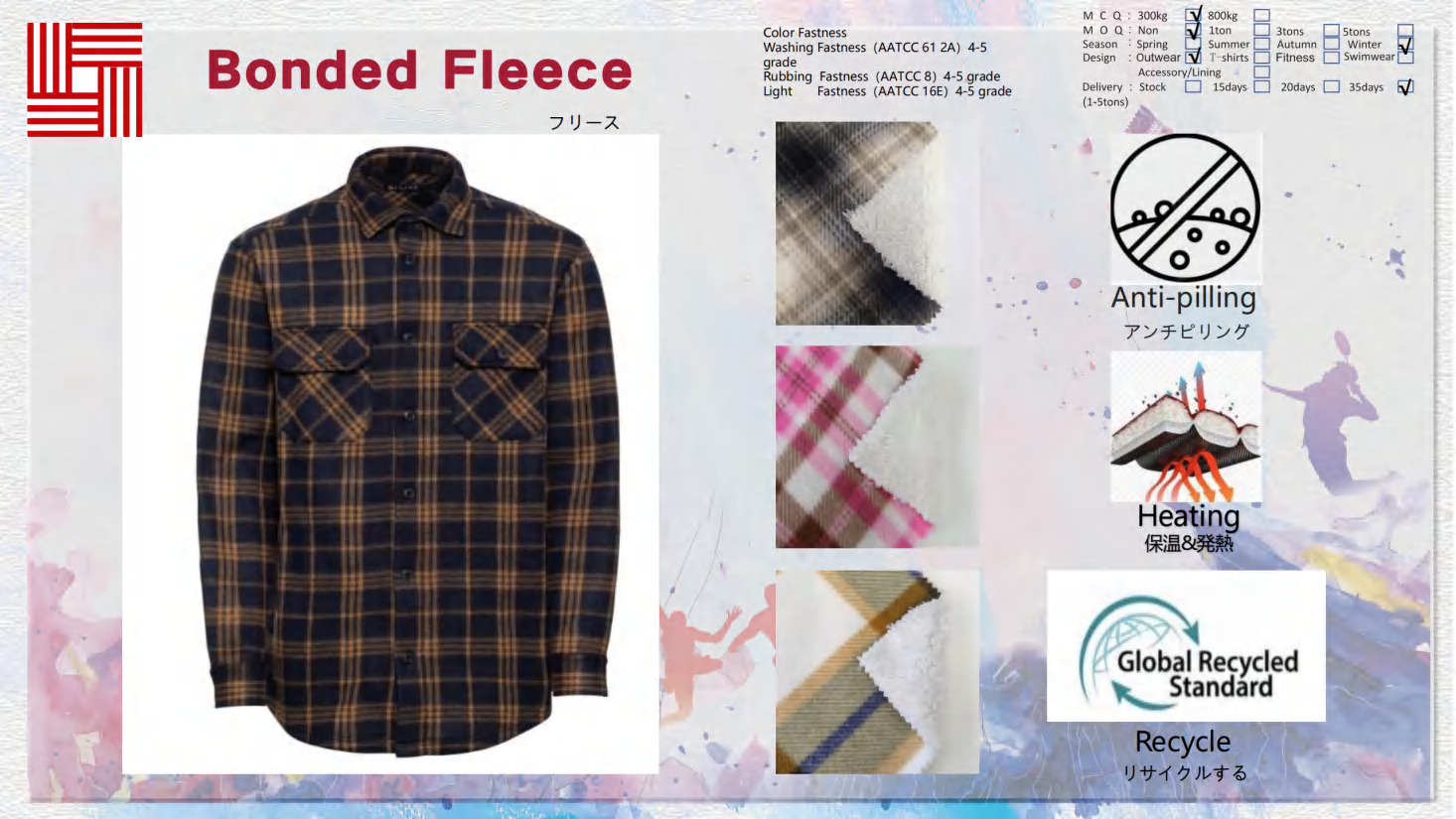Understanding Flame-Retardant Fabric: What You Need to Know
Flame-retardant fabric is a type of textile that has been treated to resist burning when exposed to an open flame or heat source. This specialized fabric is commonly used in a variety of industries and applications where fire safety is a concern. In this article, we will explore the benefits and features of flame-retardant fabric, its applications, and how it can help protect individuals and property from fire hazards.
The Science Behind Flame-Retardant Fabric
Flame-retardant fabric is typically made from natural or synthetic fibers that are treated with special chemicals to enhance their fire resistance. These chemicals work by either creating a barrier that prevents oxygen from reaching the fabric, or by releasing a gas that extinguishes the flames. The goal is to slow down or stop the spread of fire, giving people more time to escape and reducing the risk of severe property damage.
Enhanced Safety in High-Risk Environments
One of the primary benefits of flame-retardant fabric is its ability to enhance safety in high-risk environments. Industries such as construction, oil and gas, and manufacturing often require workers to operate in close proximity to potential fire hazards. Flame-retardant clothing made from this specialized fabric can provide an additional layer of protection, reducing the risk of serious injuries or even fatalities in the event of a fire.
Protection Against Heat and Flames
Flame-retardant fabric offers excellent protection against both heat and flames. In addition to preventing the fabric from catching fire, it also helps to insulate the wearer from heat and reduce the risk of burns. This is particularly important for firefighters, who are frequently exposed to extreme temperatures and flames. The use of flame-retardant fabric in their protective gear can significantly improve their safety and effectiveness while battling fires.
Resistance to Chemicals and Abrasions
In addition to its fire-resistant properties, flame-retardant fabric also tends to be highly resistant to chemicals and abrasions. This makes it an ideal choice for industries where workers may come into contact with hazardous substances, such as chemicals or corrosive materials. The fabric's durability ensures that it can withstand harsh conditions and maintain its protective qualities for an extended period of time.
Compliance with Safety Standards and Regulations
Flame-retardant fabric is subject to rigorous testing and certification to ensure that it meets the necessary safety standards and regulations. Organizations such as the National Fire Protection Association (NFPA) and the Occupational Safety and Health Administration (OSHA) have established guidelines for the performance and quality of flame-retardant clothing. By using certified flame-retardant fabric, individuals and businesses can be confident in the effectiveness and reliability of their fire safety measures.
Applications in Various Industries
The applications of flame-retardant fabric are widespread across numerous industries. In addition to the aforementioned construction, oil and gas, and manufacturing sectors, flame-retardant fabric is also commonly used in the automotive industry, military and defense, hospitality, and even in residential settings. Its versatility and effectiveness make it a go-to choice for anyone looking to enhance fire safety.
Maintaining Fire-Resistant Properties
While flame-retardant fabric provides excellent protection against fire, it is important to note that its fire-resistant properties can diminish over time. Factors such as wear and tear, exposure to sunlight, and improper care can impact the fabric's ability to resist flames. Regular maintenance, following manufacturer recommendations, and replacing worn-out garments are essential to ensure that the fabric continues to provide the necessary level of protection.
Advancements in Flame-Retardant Fabric Technology
As technology advances, so does the development of flame-retardant fabric. Researchers and manufacturers are constantly working to improve the performance and comfort of fire-resistant textiles. Innovations such as lightweight and breathable fabrics, moisture-wicking properties, and increased flexibility are being incorporated into flame-retardant clothing, making it more comfortable and practical for everyday use.
The Future of Flame-Retardant Fabric
With the ever-increasing focus on fire safety, the future of flame-retardant fabric looks promising. As new materials and manufacturing techniques emerge, we can expect to see even more advanced and efficient fire-resistant textiles. These advancements will not only benefit industries that rely on flame-retardant fabric but also contribute to overall safety and well-being in various aspects of our lives.

